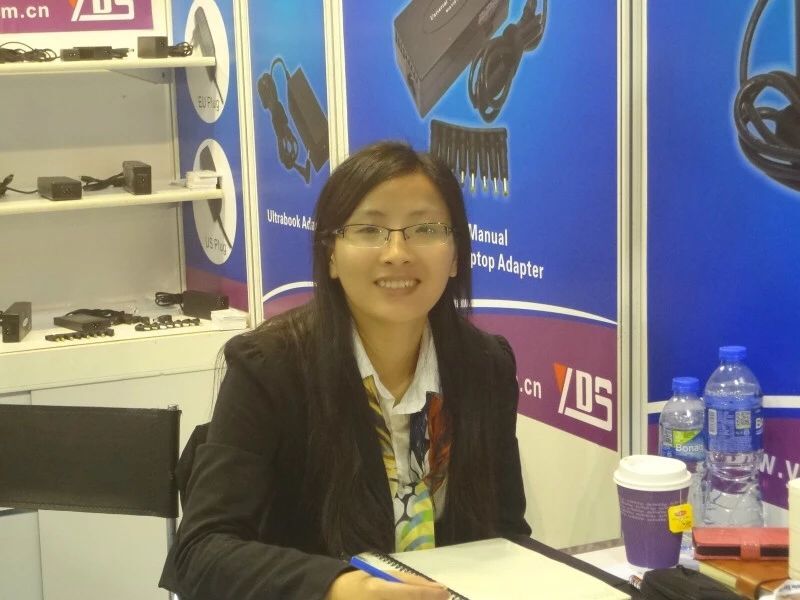Switching power supply cooling method
April 14, 2020
1. Transmission heat pipe heat dissipation
In many applications, the heat generated on the base plate of the power module is transferred to the heat pipe heat dissipation surface through the heat transfer components. In this way, the temperature of the power module base steel plate is equivalent to the temperature of the heat pipe heat dissipation surface, the temperature of the heat transfer component, and the temperature of the two contact surfaces.
The heat transfer coefficient of the heat transfer components is proportional to the length L, and the cross section and heat transfer rate between the two are inversely proportional. Using appropriate materials and cross sections can also reduce the heat transfer coefficient of the heat transfer components.
The heat pipe radiator with the least thermal resistance should be used under the standards agreed by the equipment indoor space and cost. It should be remembered that the temperature of the base plate of the power module is slightly lowered, and it will develop significantly when there is no problem.
2. Radiation source heat pipe heat dissipation
When the interfaces of two different temperatures are relative, a continuous radiation source that generates heat is transmitted. The end damage of the radiation source to the temperature of individual blocks is determined by many factors: the temperature difference of each component, the direction of the related component, the smoothness of the component surface and the distance between them.
Since there is no way to quantitatively analyze this factor, plus the hazards of the radiant kinetic energy communication in the surrounding environment itself, the danger of carrying over the radiation source to the temperature is chaotic and unpredictable.
3. Heat convection heat pipe heat dissipation
Heat convection heat pipe heat dissipation is a common heat pipe heat dissipation method like power converters. Heat convection is usually divided into pure natural heat convection and forced heat convection.




